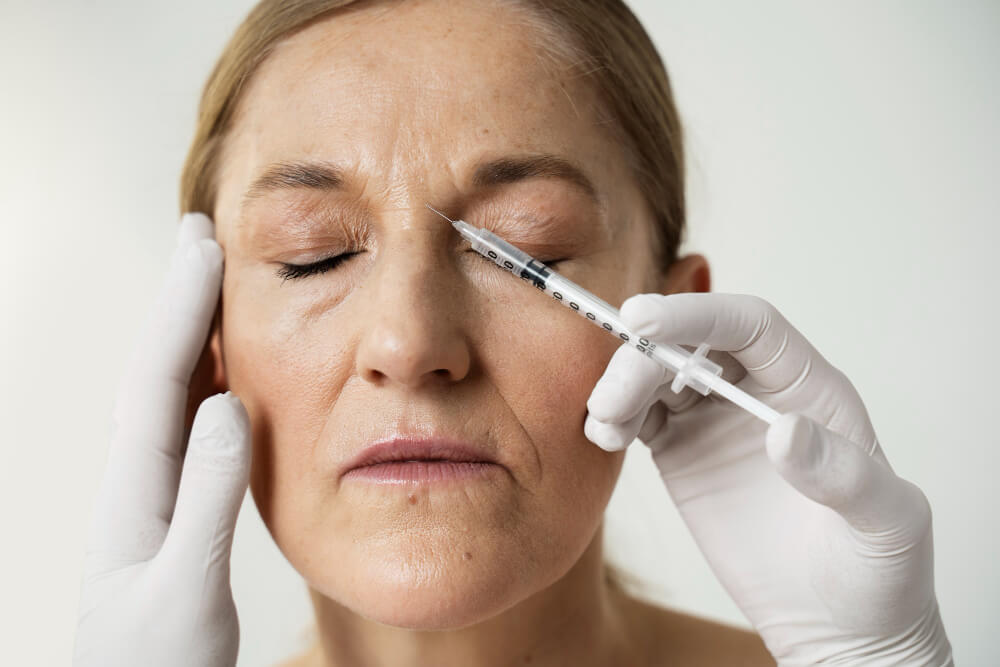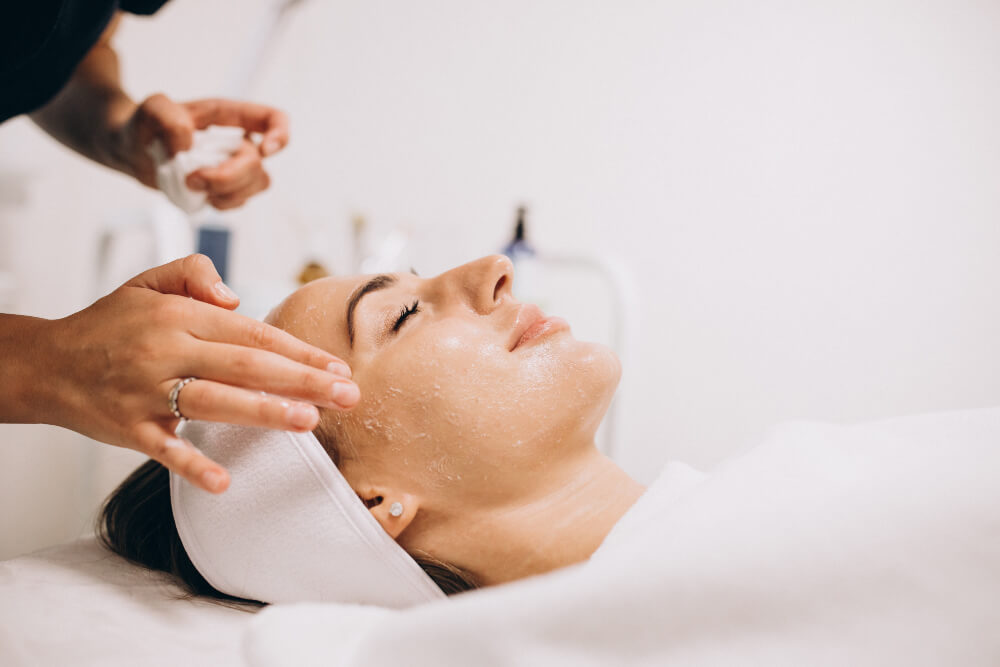Understanding Wrinkles: Exploring Treatment Options and the Role of Wrinkle Fillers
Wrinkles, those fine lines etched on our skin over time, are a natural part of the aging process. While they are a testament to a life well-lived, many individuals seek ways to minimize their appearance. This article delves into the science behind wrinkles, various treatment options, and the role of wrinkle fillers in combating the signs of aging.
The Science of Wrinkles
Wrinkles are primarily caused by a combination of factors, including age, genetics, sun exposure, and lifestyle choices. As we age, our skin undergoes several changes that contribute to the formation of wrinkles.
Collagen and Elastin Breakdown
Collagen and elastin are proteins that provide structure and elasticity to the skin. Over time, the production of these proteins decreases, leading to a loss of skin firmness and the development of wrinkles.
Dehydration and Moisture Loss
Skin hydration plays a crucial role in maintaining its plumpness and smoothness. Dehydration and a decline in moisture retention can accentuate the appearance of wrinkles.
Sun Damage
Exposure to ultraviolet (UV) rays from the sun is a major contributor to premature aging. UV rays accelerate collagen breakdown and promote the formation of free radicals, leading to the development of wrinkles.
Wrinkle Treatment Options
Numerous treatment options are available to address wrinkles, ranging from non-invasive procedures to surgical interventions. It’s essential to choose an approach that aligns with individual preferences and concerns.
Topical Treatments
- Retinoids:
Retinoids, derived from vitamin A, stimulate collagen production and promote cell turnover. Over-the-counter and prescription options are available, offering varying strengths to suit different skin types. - Antioxidants:
Products containing antioxidants, such as vitamin C and E, help protect the skin from free radical damage. These can be applied topically or consumed through a balanced diet.
Minimally Invasive Procedures
- Chemical Peels:
Chemical peels involve the application of a chemical solution to remove the outer layer of skin, revealing a smoother, less wrinkled complexion. - Microdermabrasion:
This procedure exfoliates the skin using a machine that sprays tiny crystals, effectively buffing away the top layer of skin and reducing the appearance of wrinkles.
Injectable Treatments
- Botulinum Toxin (Botox):
Botox injections temporarily paralyze the muscles responsible for wrinkles, particularly in areas like the forehead and around the eyes. This results in smoother, wrinkle-free skin. - Dermal Fillers:
Dermal fillers, including hyaluronic acid-based fillers, are injected into the skin to plump and smooth wrinkles. They can be used to add volume to specific areas, restoring a youthful appearance.
The Role of Wrinkle Fillers:
Understanding Hyaluronic Acid Fillers
Hyaluronic acid is a natural substance found in the skin that helps maintain hydration and volume. Wrinkle fillers containing hyaluronic acid work by attracting and retaining water, providing a plumping effect that reduces the appearance of wrinkles.
Types of Hyaluronic Acid Fillers
- Juvederm:
Juvederm is a popular hyaluronic acid filler that comes in various formulations, each designed to address specific concerns, such as fine lines, deep wrinkles, and volume loss. - Restylane:
Restylane is another hyaluronic acid filler used to treat wrinkles and add volume to the face. It is particularly effective in targeting nasolabial folds and marionette lines.
The Treatment Process
Wrinkle filler treatments are generally quick and minimally invasive. A qualified healthcare professional injects the filler into the targeted areas, and results are often visible immediately. The procedure may cause minimal discomfort, and any side effects are usually temporary.
Considerations and Precautions
While wrinkle fillers can provide excellent results, it’s crucial to consider certain factors before undergoing treatment.
Consultation with a Professional
A thorough consultation with a qualified healthcare professional is essential to determine the most suitable wrinkle filler and treatment plan based on individual needs and expectations.
Potential Side Effects
While side effects are generally mild and temporary, they can include redness, swelling, and bruising at the injection site. Serious complications are rare but can occur, making it vital to choose a reputable and experienced practitioner.
Wrinkle Prevention and Lifestyle Tips
In addition to seeking professional treatments, adopting a proactive approach to skincare can help prevent and minimize wrinkles.
Sun Protection
Consistent use of sunscreen with at least SPF 30 is crucial in protecting the skin from harmful UV rays and preventing premature aging.
Hydration and a Healthy Diet
Staying well-hydrated and maintaining a balanced diet rich in antioxidants, vitamins, and minerals contribute to overall skin health.
Smoking Cessation and Limiting Alcohol Intake
Smoking accelerates the aging process and contributes to the formation of wrinkles. Additionally, excessive alcohol consumption can dehydrate the skin, leading to premature aging.
Conclusion
Wrinkles are a natural part of aging, but advancements in skincare and aesthetic treatments offer a range of options to address and minimize their appearance. From topical treatments to injectable fillers, individuals can choose from various approaches to suit their preferences and goals. Consulting with a qualified healthcare professional is key to developing a personalized plan that aligns with individual needs, ensuring a more youthful and radiant complexion.


